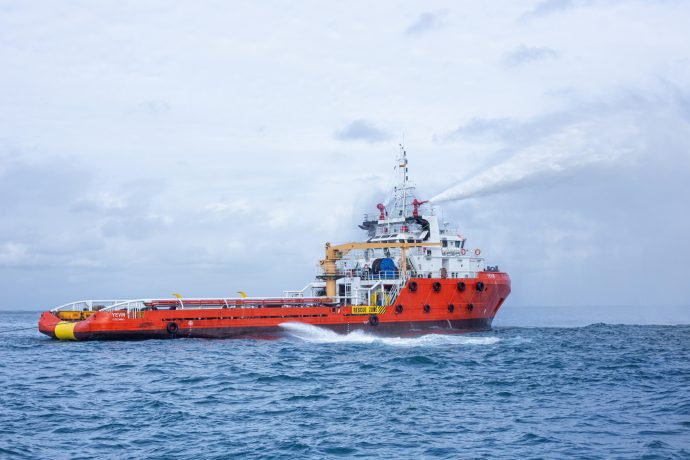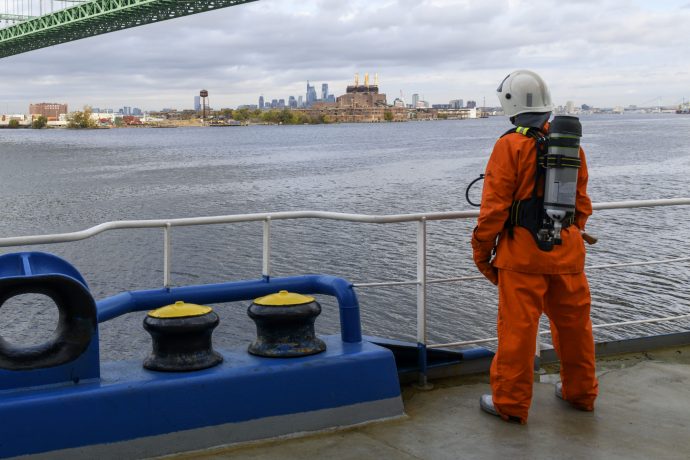The devastating fire on board the container vessel X-Press Pearl off the coast of Sri Lanka in May 2021 resulted in one of the worst ecological maritime disasters. More than 1,400 containers, 81 of which were labelled as hazardous, sank with the Singapore-registered vessel, causing a significant amount of plastic pellets to spill into the Indian Ocean.
But every cloud has a silver lining. The disaster prompted the shipping industry to take steps to improve the detection, containment, and firefighting capabilities of container vessels, particularly as box ships become larger and container stacks get higher.
Marine fires are often difficult to tackle due to the complexity of a vessel’s layout and how difficult it can be to identify and reach the source of a container fire.
Most importantly, container vessels must have adequate equipment onboard, such as fire dampers, hydrants and pumps, that can extinguish a fire before it gets out of control.
However, if a container vessel fire cannot be suppressed, timely and robust external support is crucial.
Emergency preparedness
Operating from strategic ship supply bases in selected locations, GAC can serve vessels at risk of a major container fire breaking out with its offshore firefighting and emergency response capabilities.

GAC Sri Lanka is leading the way with the addition of the high endurance anchor-handling tug ‘Yevin’, which can operate over 45 days and under tough conditions in open waters without a port call, to its fleet.
She is fitted with state-of-the-art firefighting equipment that can tackle fires on both container vessels and tankers. These include two firefighting monitors and two pumps capable of dispersing water from a distance of 120m up to a height of 45m. ‘Yevin’ also has an inbuilt foam applicator to tackle oil fires, with a total tank capacity of 11.1m3.
“Yevin has boosted our ability to provide effective firefighting and emergency response services, both along Sri Lanka’s coastline and in international waters,” explains Mohan Rodrigo, GAC Sri Lanka’s General Manager for Chartering and Tug Operations.
GAC is committed to providing the highest levels of quality, safety and compliance in all its services. Its launch services are ISM and ISPS-compliant and supported by STCW95-licensed crew trained in emergency response and incident management support. Regular drills and rigorous training ensure they are fully conversant with HSSE procedures and equipped to respond to fires and other emergencies.
Training
But there is another element of the firefighting equation that must be considered - seafarers onboard vessels who are not professional firefighters and lack the capabilities of a land-based response team.

To boost onboard safety preparedness, GAC Training & Service Solutions (GTSS) works closely with the National Maritime College of Ireland (NMCI) to offer emergency response, incident management and firefighting training courses to crews globally.
During these courses, which are designed and approved to STCW and OPITO standards, participants are exposed to live fire scenarios and given access to practical onboard firefighting equipment in order to better understand how to tackle and suppress a container fire.
Incidents, of course, will still happen in an imperfect world but GAC stands ready to support before, during and after, no matter the situation – and play a part in improving vessel safety globally.